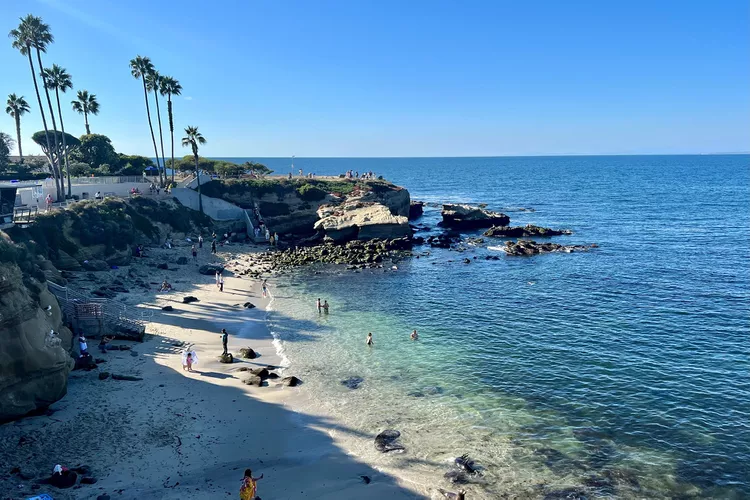Summary
- Recent Closure Decision
- Impact on Wildlife Safety
- Community Reactions
Closure of Point La Jolla and Boomer Beach for Sea Lions
A popular beach and location to see sea lions up close along California’s coast will now be closed to the public. San Diego’s famed Point La Jolla and Boomer Beach have been viewing spots for natural wildlife along the ocean for decades. However, a new measure passed unanimously by the San Diego City Council during a public hearing on September 18, according to meeting minutes reviewed by iBestTravel.
Background of Point La Jolla
Point La Jolla is situated approximately 15 miles north of downtown San Diego, along the Pacific Ocean. La Jolla’s tourism website describes Boomer Beach as a “hidden beach” with “great waves,” making it popular among body surfers.
Concerns for Safety
As tourists flocked to the area for memorable sea lion selfies, residents and officials expressed growing concerns regarding the safety of both visitors and the animals. Recently, CBS News shared video footage showing sea lions charging at tourists in the area, highlighting the escalating issues.
Public Support for the Closure
Many residents have applauded the closure decision. Community members and environmental experts submitted public comments to the City Council in advance of the meeting. “The year-round closure of the rocky outcropping at Point La Jolla protects pups left on the rookery while mothers forage. Pups nurse for up to 11 months. They are defenseless when their mothers leave to forage and have been subjected to endless harassment, lowering their chance of survival,” shared Kristen Donald from the Pacific Marine Mammal Center in Laguna Beach, CA.
Furthermore, Donald emphasizes that the public can still observe the sea lions from a safe distance on the nearby boardwalk.
Mixed Reactions from the Community
However, not everyone agrees with the decision to close Point La Jolla. A resident of Ramona, CA, expressed concerns during the public comments, referring to the situation as a “hostile take-over of a public beach by a single-interest group,” claiming it is “misguided and should be rejected.”
Conclusion
The closure of Point La Jolla and Boomer Beach reflects a complex interplay between wildlife conservation and community interests. As protective measures are implemented, ongoing discussions among stakeholders will be crucial in finding a balanced approach that satisfies both public access and the welfare of marine life.




